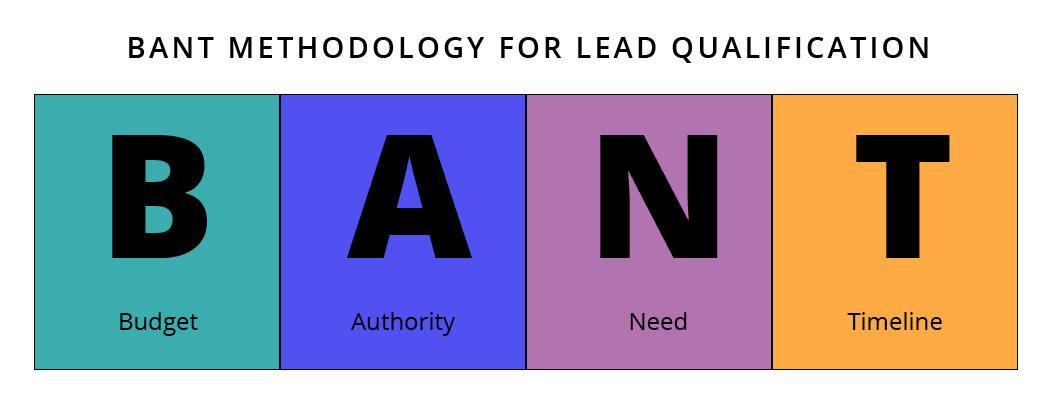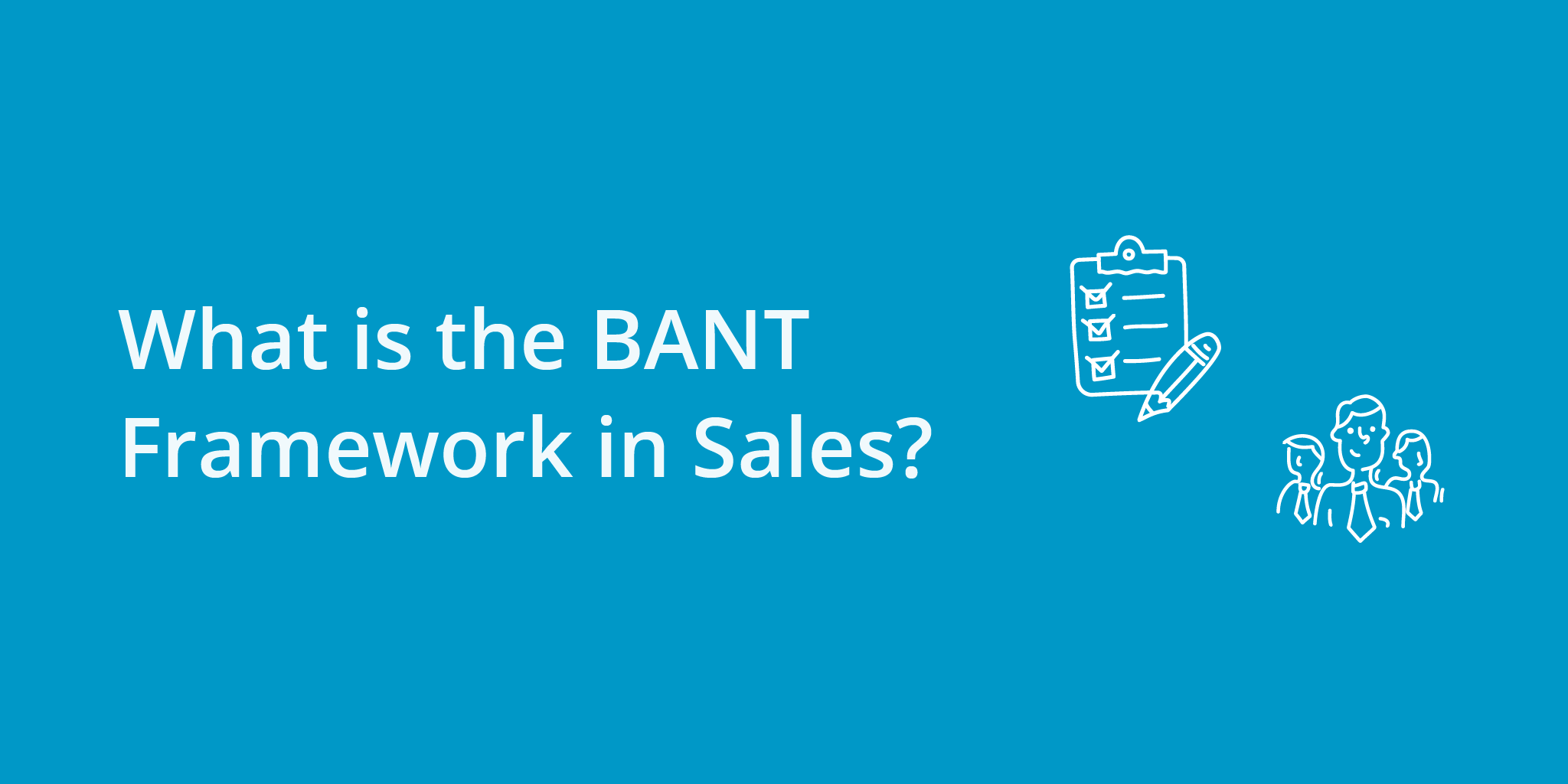In the world of sales, understanding and qualifying prospects efficiently is crucial. One effective method is the BANT framework, which stands for Budget, Authority, Need, and Timeline. This sales qualification framework helps sales professionals identify and prioritize opportunities based on these four key criteria.
In this comprehensive guide, we’ll delve into the BANT framework, explain how it relates to the sales process, and provide actionable steps to implement it effectively. We’ll also share best practices and answer frequently asked questions to help you maximize your sales success.
- What is BANT?
- Why is BANT Important in Sales?
- How to Implement BANT in Your Business
- Best Practices for Success with the BANT Framework
- Frequently Asked Questions about BANT
- Conclusion
What is BANT?
BANT is a sales qualification framework used to evaluate the viability of a sales opportunity. The four criteria in the BANT framework are:
- Budget: Does the prospect have the financial resources to purchase your product or service?
- Authority: Does the prospect have the decision-making power to approve the purchase?
- Need: Does the prospect have a genuine need for your product or service?
- Timeline: Is there a specific timeframe or deadline for the purchase decision?

Why is BANT Important in Sales?
The BANT framework helps sales professionals focus on prospects who are most likely to convert, saving time and resources. By assessing a prospect’s budget, authority, need, and timeline, you can tailor your sales approach to meet their specific situation, leading to higher conversion rates and shorter sales cycles.
How to Implement BANT in Your Business
Implementing the BANT framework requires a strategic approach. Here’s how you can effectively integrate it into your sales process:
1. Identify Appropriate Use Cases
Determine where BANT can be most beneficial in your sales cycle. It’s particularly useful for complex B2B sales, but can also aid in qualifying leads in other scenarios.
2. Set Goals and Metrics for Success
Define what success looks like when using BANT. Establish key performance indicators (KPIs) such as reduced sales cycle length, increased close rates, or higher lead qualification accuracy.
3. Create a Plan and Process
Develop a clear plan for implementing BANT. This might involve adding qualification questions to your lead capture forms or standardizing how sales reps assess prospects during calls.
4. Choose and Integrate Tools or Systems
Utilize technology to streamline the BANT process. Integrate tools like CRM systems or sales engagement platforms that allow you to record and track BANT criteria for each prospect.
5. Train and Educate Team Members
Ensure all relevant team members understand the BANT framework and know how to apply it. Provide training sessions and resources to help them adopt the new process smoothly.
6. Continuously Monitor and Refine
Regularly review the effectiveness of your BANT implementation. Gather feedback from your sales team and adjust the process as needed to improve results.

Best Practices for Success with the BANT Framework
To maximize the benefits of BANT, consider these best practices:
1. Foster Collaboration Between Teams
Align your sales, marketing, and customer service teams on the BANT framework. Collaborative efforts ensure that everyone works toward common goals and improves lead quality.
2. Regularly Review and Refine the Process
Continuously assess the effectiveness of your BANT strategy. If it’s not delivering desired outcomes, be open to making adjustments or considering alternative qualification methods.
3. Integrate with Other Sales Tools
Ensure the BANT framework is compatible with your existing sales tools and processes. Integration with your CRM and other platforms allows for seamless tracking and analysis.
4. Track and Analyze Relevant Metrics
Use data analytics to monitor KPIs related to your BANT implementation. Share insights with your team to drive improvements and celebrate successes.
Frequently Asked Questions about BANT
What are the alternatives to the BANT framework?
Alternatives include frameworks like CHAMP (Challenges, Authority, Money, and Prioritization), MEDDIC (Metrics, Economic buyer, Decision criteria, Decision process, Identify pain, Champion), and ANUM (Authority, Need, Urgency, Money). Each offers a different approach to lead qualification.
Can BANT be used in B2C sales?
While BANT is primarily designed for B2B sales, some principles can be adapted for B2C contexts, especially for high-value or complex consumer purchases.
How does BANT improve sales efficiency?
By focusing on qualified leads that meet budget, authority, need, and timeline criteria, sales teams can allocate resources more effectively, reducing time spent on unqualified prospects.
The BANT framework is a powerful tool for sales professionals aiming to optimize their efforts and improve customer relationships. By focusing on budget, authority, need, and timeline, you can prioritize opportunities and enhance your sales strategy.
Ready to Implement BANT in Your Sales Process?
Boost your sales efficiency by integrating the BANT framework today. To streamline your lead qualification process and keep track of BANT criteria, consider using a robust CRM system.
Call to Action: Schedule a demo of Kixie’s sales engagement platform to see how it can help you implement BANT effectively and close more deals.



